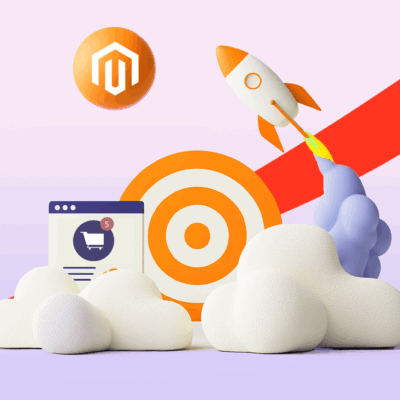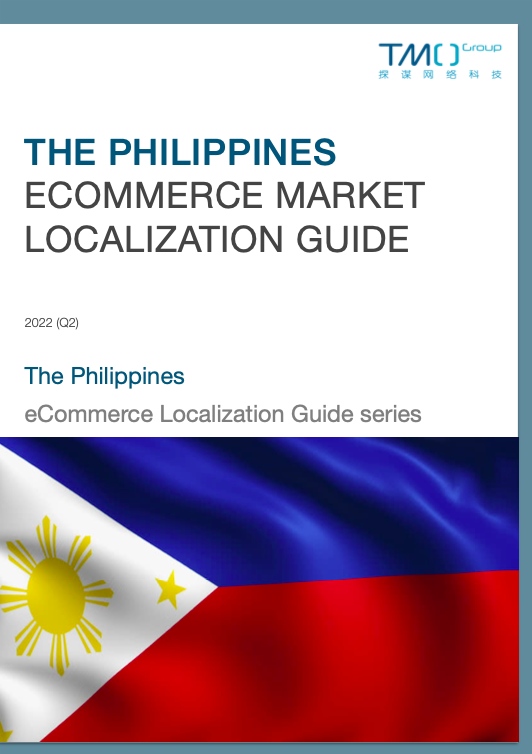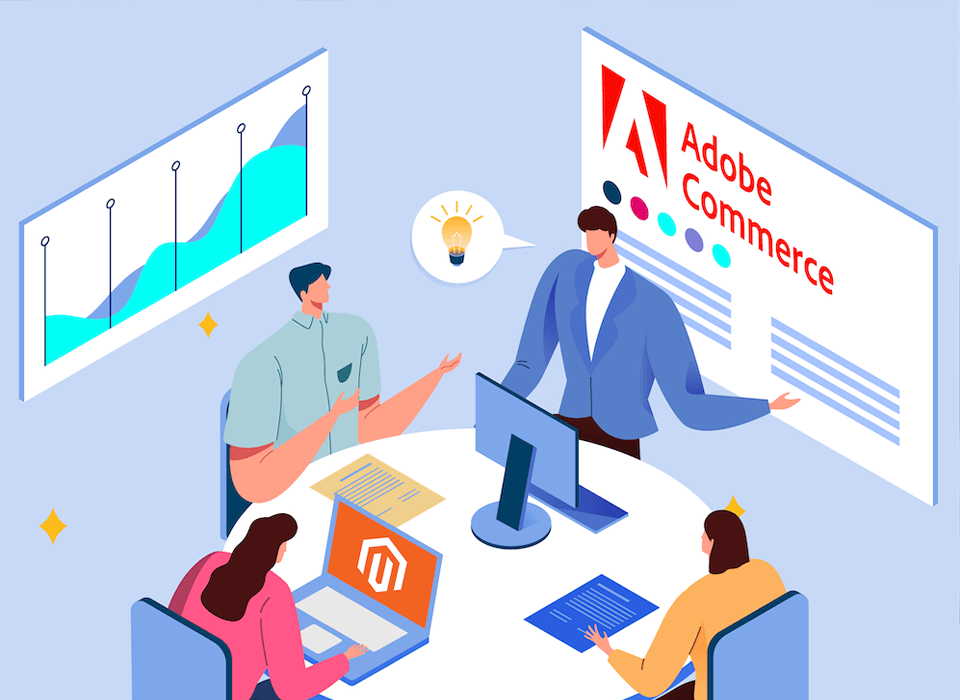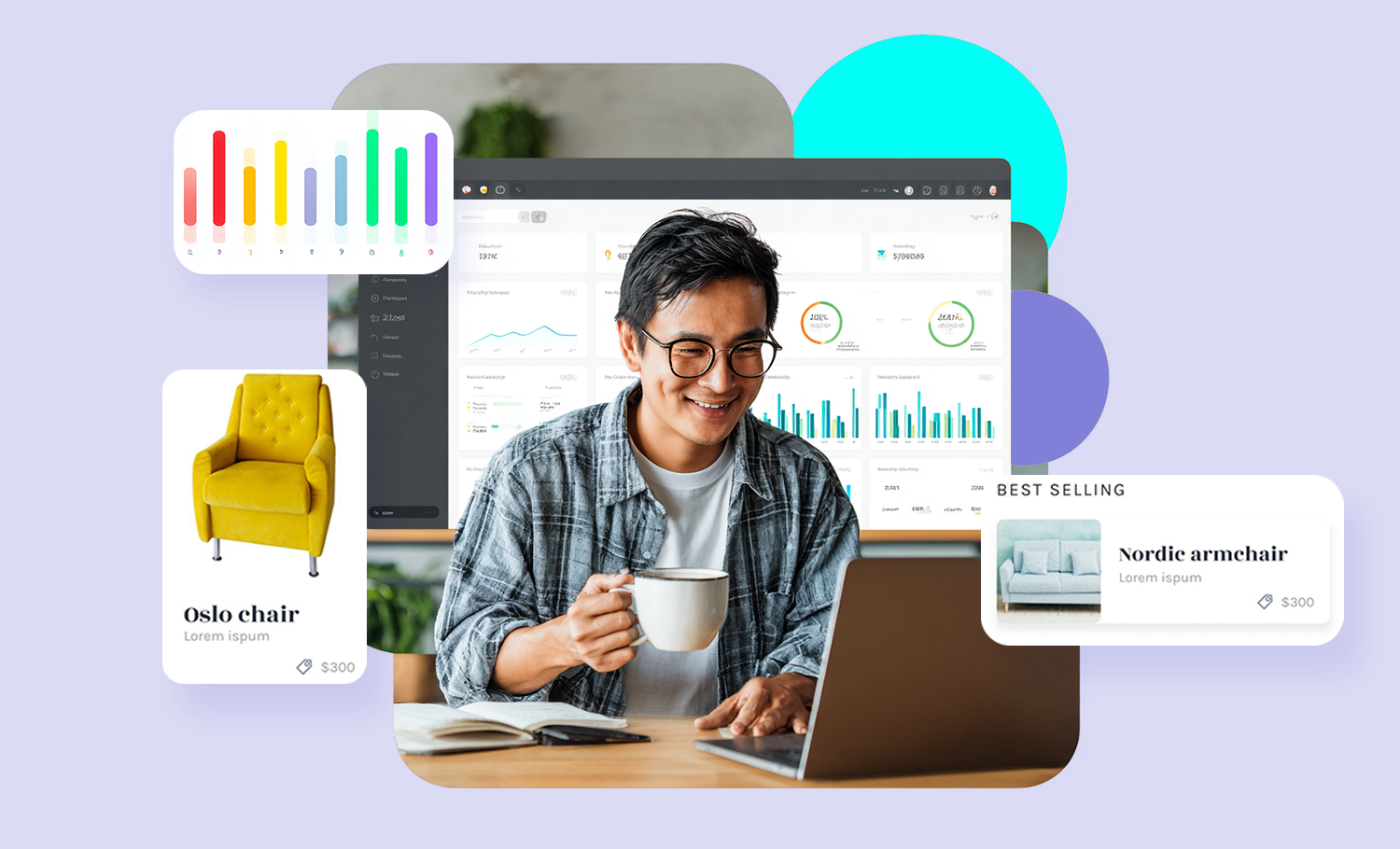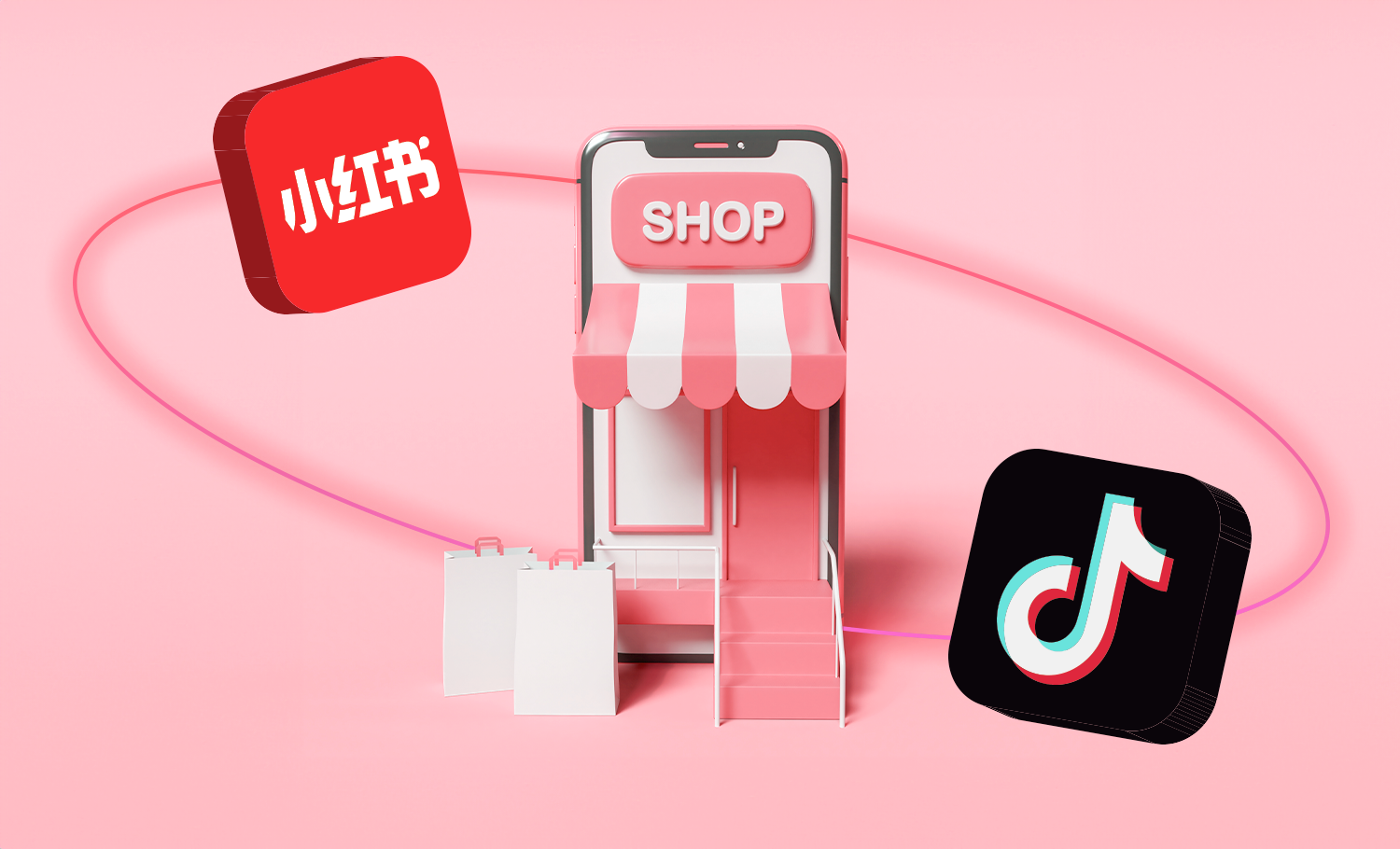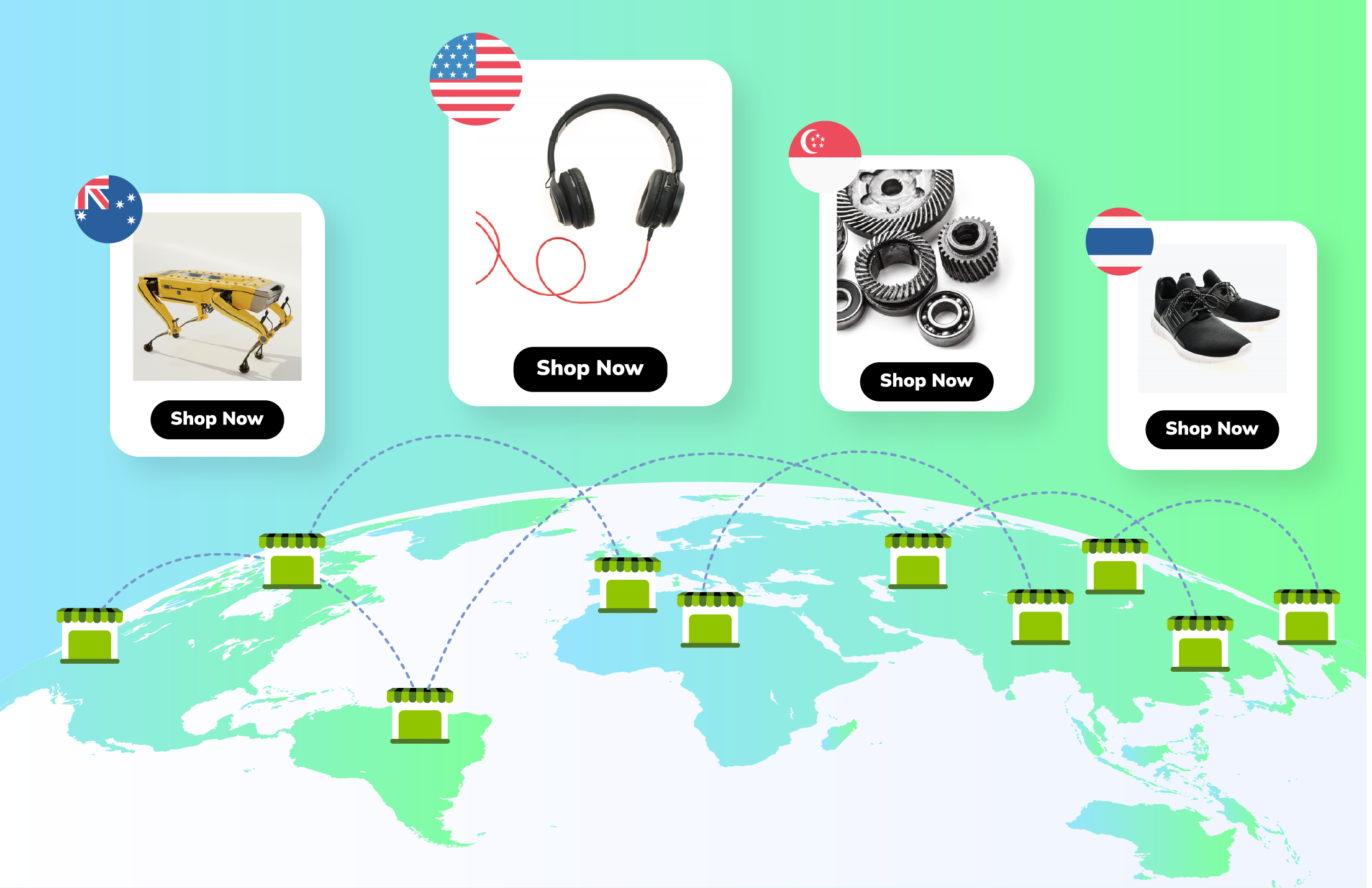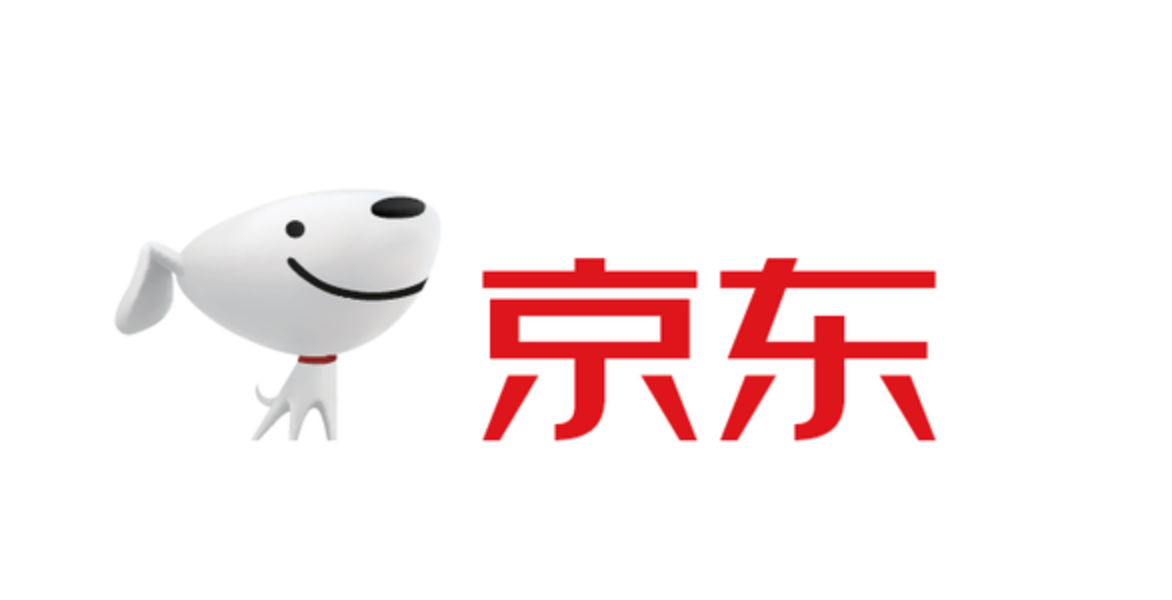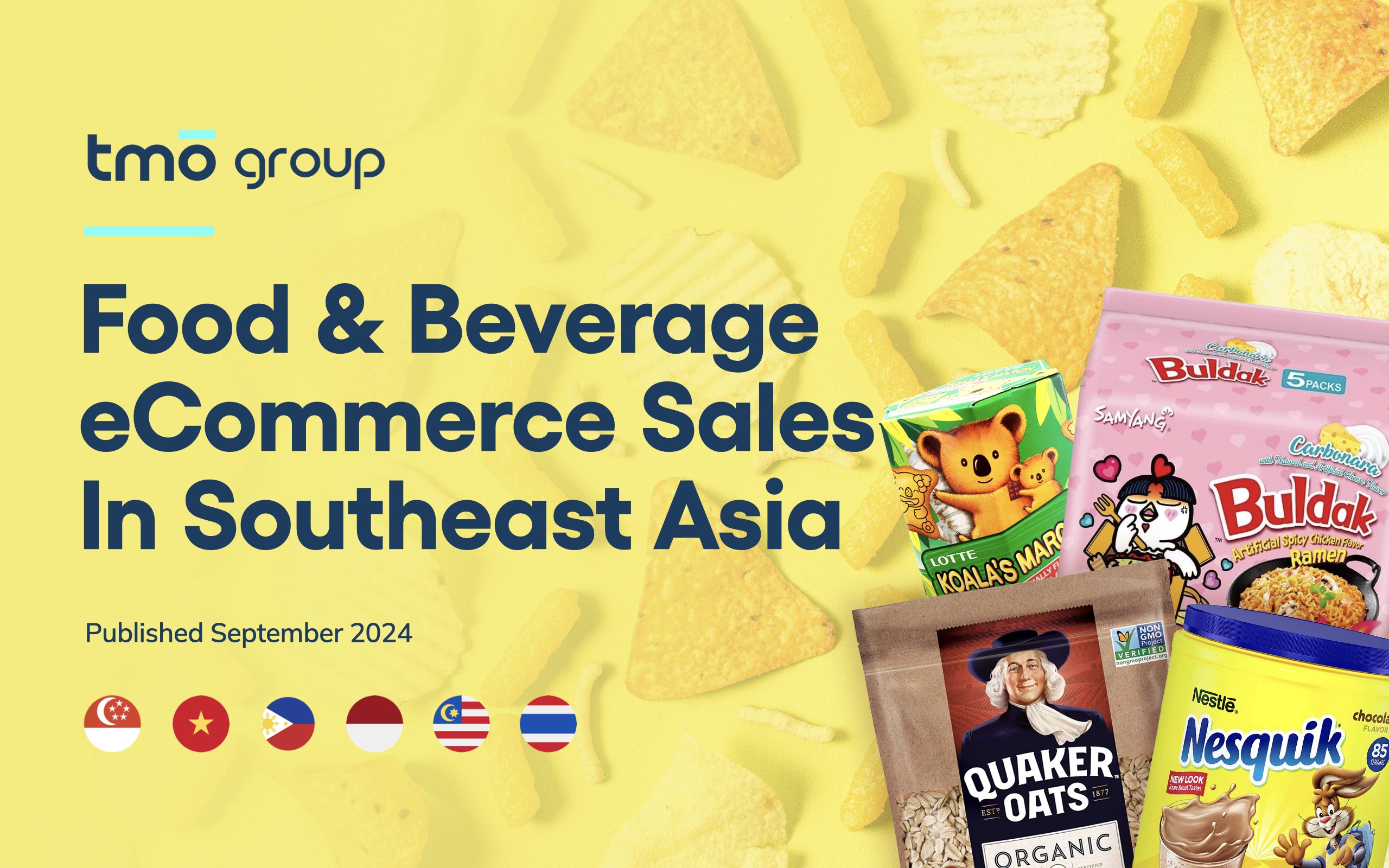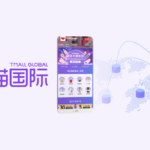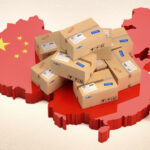In this article we take a look at the Philippines, its fast-growing eCommerce market, and the state of logistics in the country.
An Intro to the Philippines
Though an important and prominent part of Southeast Asia, the Philippines is a country not quite like any other. A hugely diverse range of influences make up the modern identity of this unique island nation. From Arab traders, Chinese envoys, and Austronesian neighbors to Spanish colonizers and the Americans that came after, the Philippines has absorbed each of these influences into a one-of-a-kind cultural identity. Today, the Philippines is experiencing a time of growth as it embraces the developments of the 21st century.
Ethnically various native Malay/Austronesian groups make up almost the entire Philippine population. The biggest of these are the Tagalog, at almost a third of the population. A standardized form of the Tagalog language, called Filipino, is one of the country's two official languages alongside English. The Philippines boasts one of the highest levels of English in Asia, second only to nearby Singapore.
The Philippines has had ups and downs over the past century. In the years following World War 2, only Japan was more prosperous in the region. This period was followed by a recession and long years of recovery. Disaster then struck again with the 1997 Asian Financial Crisis, and the country only began to rise again in the mid-2000s. Today, the Philippines has been one of the fastest-growing economies in Southeast Asia for several years.
eCommerce in the Philippines
Out of a population of 111 million, there are just under 76 million Internet users and 43.3 million eCommerce participants. eCommerce's share of total retail remains low, at an estimated 3%. However, this has been predicted to grow to almost 5% by 2025. 2021's eCommerce revenue reached around 1725 million USD, and will achieve a compound annual growth rate of 16.25% during 2022-2027.
What these figures show is that there is an active, if comparatively small, eCommerce market in the Philippines at the moment. Additionally, experts predict that eCommerce will grow significantly over the next few years. However, although the market is due for growth, it still falls a fair way behind some of its neighbors.
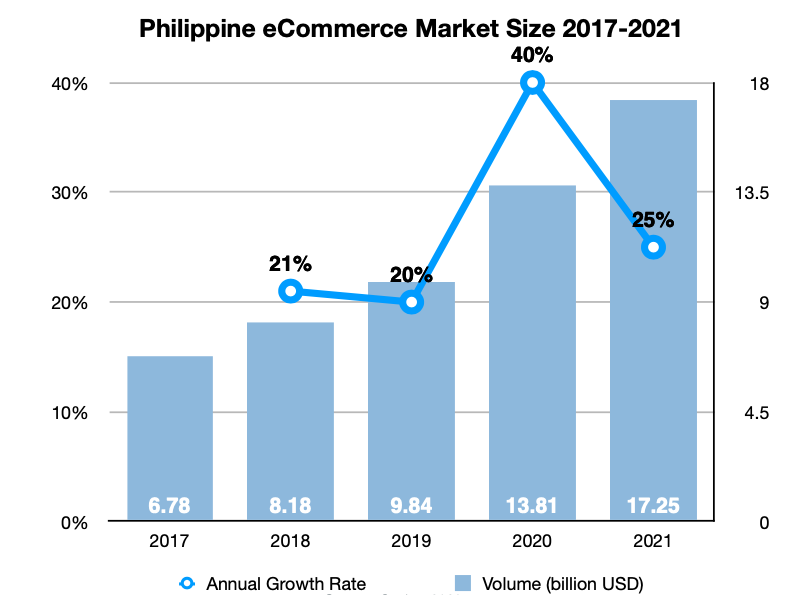
A respectable number of online shoppers buy goods across borders. 45% of survey respondents admitted to having bought goods online cross-border in the past. This number is higher than many neighboring countries. Many Philippine consumers believe that international brands are higher quality, and more trustworthy. They especially like to buy cosmetics and beauty products from abroad. However, some mentioned obstacles to buying cross-border. Consumers worry about long customs processes and import taxes increasing the sale price.
Philippine consumers also don't fully trust eCommerce yet. They think sellers online might trick them, and that it would be tricky getting their money back. eCommerce giants like Lazada and Shopee hope to change this perception. To do so, they try to be as transparent as possible and make it easy for shoppers to feel safe.
Distribution and Logistics
The logistics industry is still developing in the Philippines, where costs are high and infrastructure still needs further investment. Logistical costs make up between 24-53% of wholesale prices, with shipping and port handling costs alone accounting for 8-30%. Consumers complain about the customs process in particular.
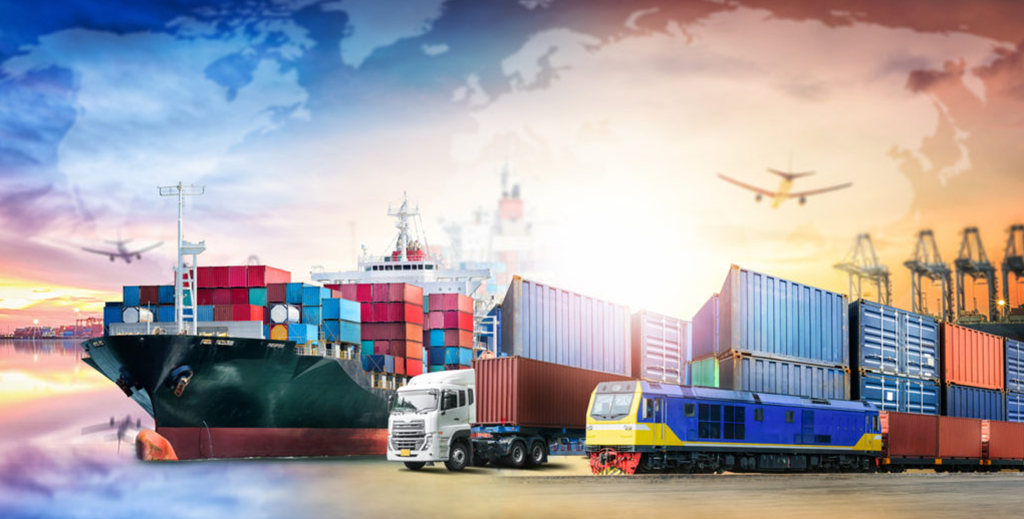
However, in the major urban centers, big international eCommerce platforms are working to improve things. In many of the most developed cities, Lazada offers same-day and next-day shipping on many goods.
Logistics can be fragmented in the Philippines, as with many island nations. This means that often, the best logistics supplier for one route may not be the best for another route. This situation makes fourth-party logistics (4PL) companies very useful in the Philippines. You can hire these companies just like you would with a single logistics provider, and they then handle finding the best distribution partner for each step of the logistics journey. This means you get the benefits of both using a single provider and using multiple.
If you want to know more about Philippine eCommerce, check out our new updated The Philippines eCommerce Market GuideThis in-depth primer aims to be your one-stop guide to the Philippine eCommerce market, including how to take your business there and succeed.The Philippines eCommerce Market Guide. In this guide we go into greater detail about a wide range of topics touching on every facet of eCommerce in the country and how to sell your products there.

